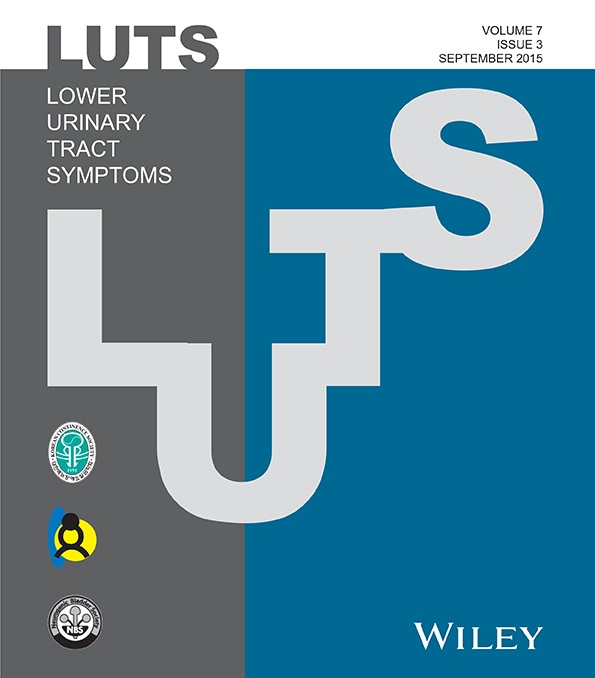Pilot Study Exploring Chronic Pudendal Neuromodulation as a Treatment Option for Pain Associated with Pudendal Neuralgia
Abstract
Objectives
Pudendal neuralgia can cause significant voiding and pain symptoms. We explored the effects of chronic pudendal neuromodulation (CPN) and nerve blocks on pain associated with pudendal neuralgia.
Methods
Patients with pudendal neuralgia and tined lead placed at the pudendal nerve were reviewed. History and initial improvement after lead placement were collected from medical records. Demographics, symptom characteristics and changes after various treatments were assessed by mailed survey. Descriptive statistics were performed.
Results
Of 19 patients (mean age 54.8 years, 63% female), 6/19 (32%) had previous sacral neuromodulation. Before CPN, 18 patients had 77 nerve blocks (median six blocks per patient); most blocks (60/77; 78%) provided at least some relief. After lead placement, pain relief was complete in three patients, almost complete in three, significant/remarkable in 10, and small/slight in three. All 19 patients had a permanent generator placed. Five were ultimately explanted at (mean) 2.95 years: one had total symptom resolution, one had stopped using the device, and three lost efficacy. Survey respondents (n = 10) indicated that they had been experiencing pain for (median) 4.42 years before CPN. The most helpful pain treatment cited was medication for 6/10 and neuromodulation for 4/10; 8/9 rated neuromodulation as more helpful than nerve block, while one subject felt that the two treatments were equally helpful. Compared to sacral neuromodulation, 3/4 rated CPN as more effective for pain. Overall, 8/10 were satisfied with CPN; only 1/9 was mildly satisfied with nerve block.
Conclusions
Chronic pudendal neuromodulation can improve pain in patients with pudendal neuralgia.




